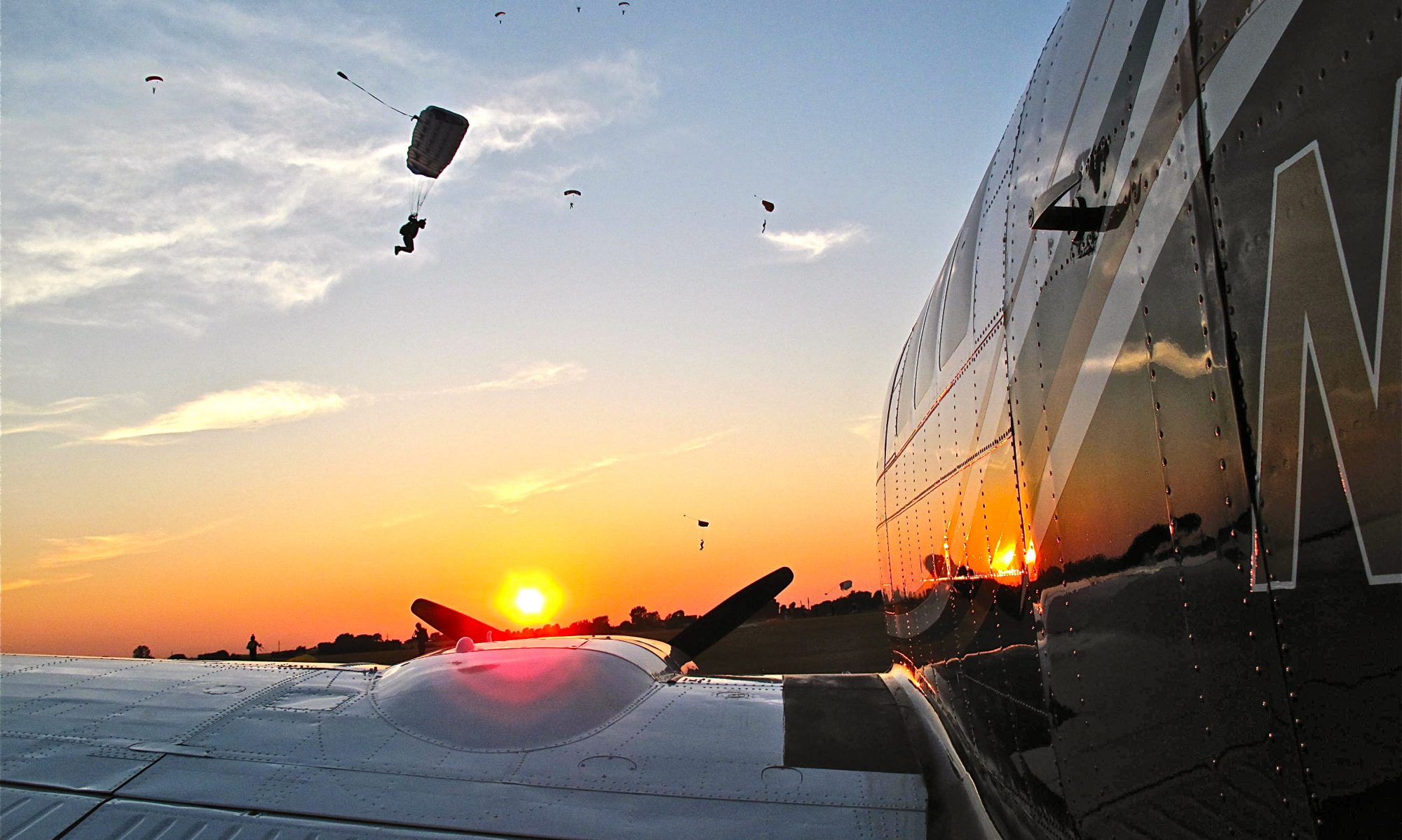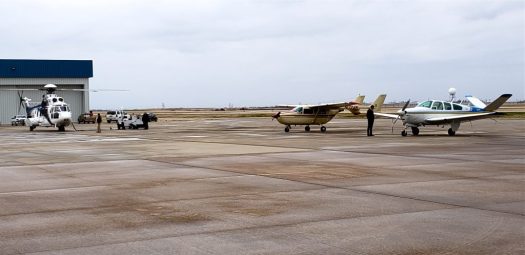As we got closer to the towering cumulus buildups two things happened. The sun finally set makings things really dark (happens almost every night in northern India) and lightning strikes started showing up on the strike finder. (yep, there’s thunderstorms ahead) There were no clusters in our direct path at first so we held course and pushed on. It wasn’t long before we could actually see the thunderstorms in almost every direction. The cells were very large and had clear air around them making them appear like massive Chinese lanterns silently flashing in the night.




They were both beautiful and terrifying at the same time. By this time the air traffic control frequency was filled with airliners requesting deviations from their assigned routes due to weather. Some of the calls sounded quite urgent. Of course it wasn’t long before our path was blocked by a big boomer. I received course deviation approval from ATC and began weaving my way through the cells.

The ride became quite rough as we were forced closer and closer to the storms and before long we were close enough to actually hear the thunder claps as lightning exploded close by. Dodging the cells became harder to do as the night wore on because we’d be headed toward an area of dark and supposedly quite sky only to have it explode in our face. As we approached the Bay of Bengal the line of storms began to become a solid wall of lightning with few if any small gaps that I was reluctant to try and penetrate. I’d already been hit by lightning in a small single engine plane before so I didn’t need to check that off my bucket list again. It appeared that there might be better weather closer to the water so I again requested a deviation south of my course but this time I was denied. The controller told me that the area south of me was restricted military airspace and the only directing he would approve was north. Well that wasn’t going to work at all. The sky to our north was filled flashing thunderheads that ran back to the northeast for a hundred miles. We pushed on for a while getting closer and closer to a big cell in front of us. “Center November 154 Sierra Bravo requesting forty degrees right for weather.” “Negative 4 Sierra Bravo, restricted airspace just south of you.” Bullshit! What freaking difference does it make? I guarantee you there’s nobody in the Indian Air Force out flying around in this weather!” I thought. We flew on for another few minutes hoping to find a way past the big cell blocking our way but there was only one way out. I twisted the heading bug sixty degrees to the right and pressed the push to talk button. “Control, 4 Sierra Bravo, heading 160 for weather.” I didn’t ask for permission this time, I just told him. “Roger 4 Sierra Bravo. Advise when back on course.” There, now was that so hard?

Once we were past the line of storms the rest of the flight went smoothly. We still had to shoot a low approach in the rain but after battling storms all night it was just a walk in the park. Time to put the plane to bed, hit the hotel, and have a beer!

But there wasn’t anything that couldn’t go wrong that night. The overpressure relief valve popped open during refueling, completely dousing one of the airport workers in Jet fuel. And if that wasn’t bad enough, the owner’s father in law told the worker that Jet A was extremely hazardous and that he should shower and get decontaminated immediately. The owner was furious. He thought that by pointing this out he was setting us up for a huge fine and hazmat cleanup bill from the airport authority. A reasonable fear. But this was Bangladesh, and the worker just wiped his face with a rag that was at least as dirty. Then the ride to the hotel was over an hour long. The owner was again upset. He kept asking the driver how much further? And the driver would answer not much further sir, just a few minutes. This game went on for a loooong time.
Finally we arrived at our destination. A brand spanking new Hyatt hotel. Time for some dinner and drinks, we deserved it! Oops, not so fast. The hotel was so new that they didn’t have the bar stocked yet. and it was so late the kitchen was closed. The hotel manager was extremely apologetic but there was nothing he could do. Perhaps if we had called ahead he could have done something for us but it was too late now. We could have pointed out that it was their driver who should have told us how long it was going to take but what would have been the point? I managed to find a vending machine which produced some stale sandwiches and chips. A fitting end to a very long day of ferry flying.


























